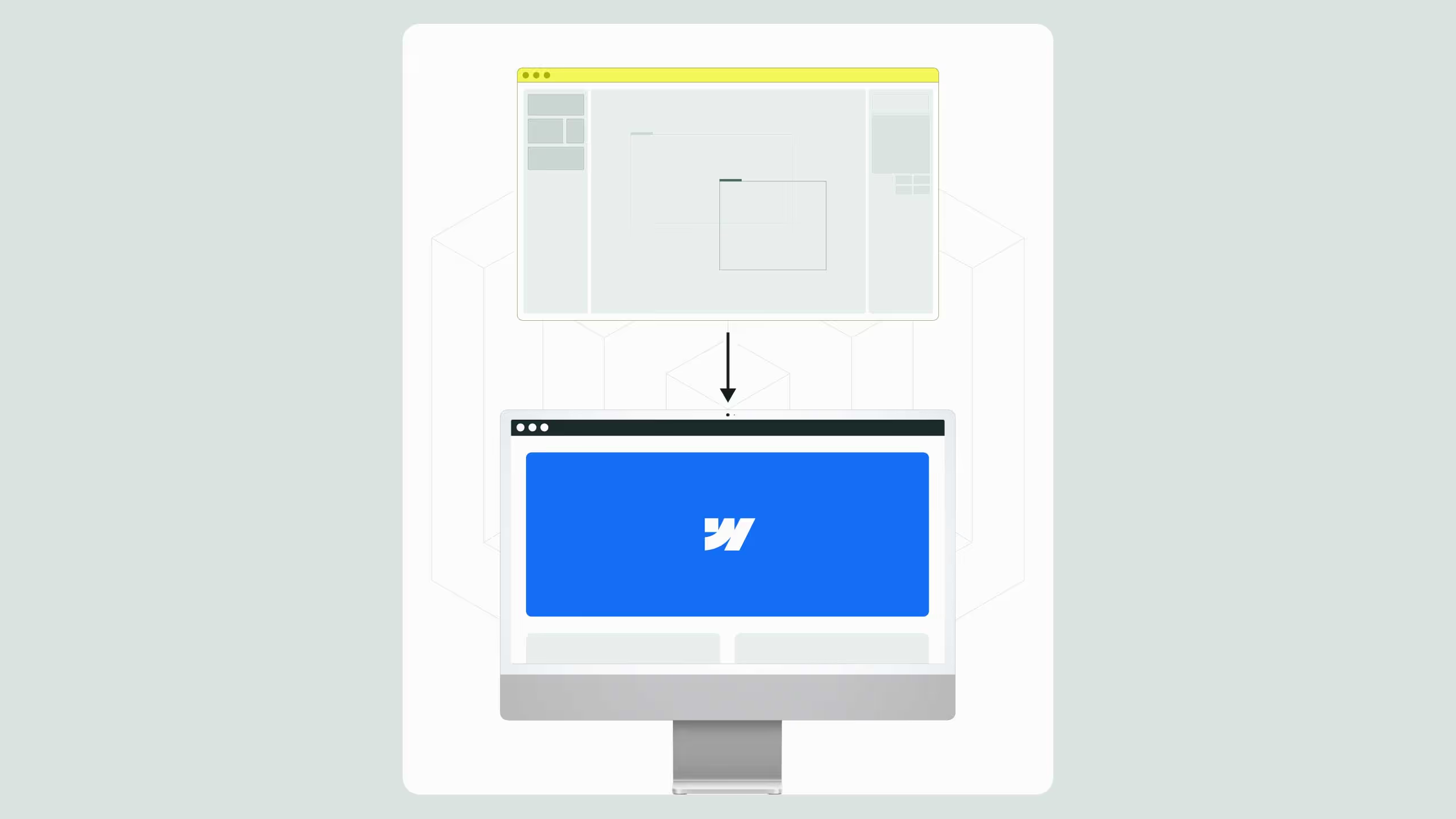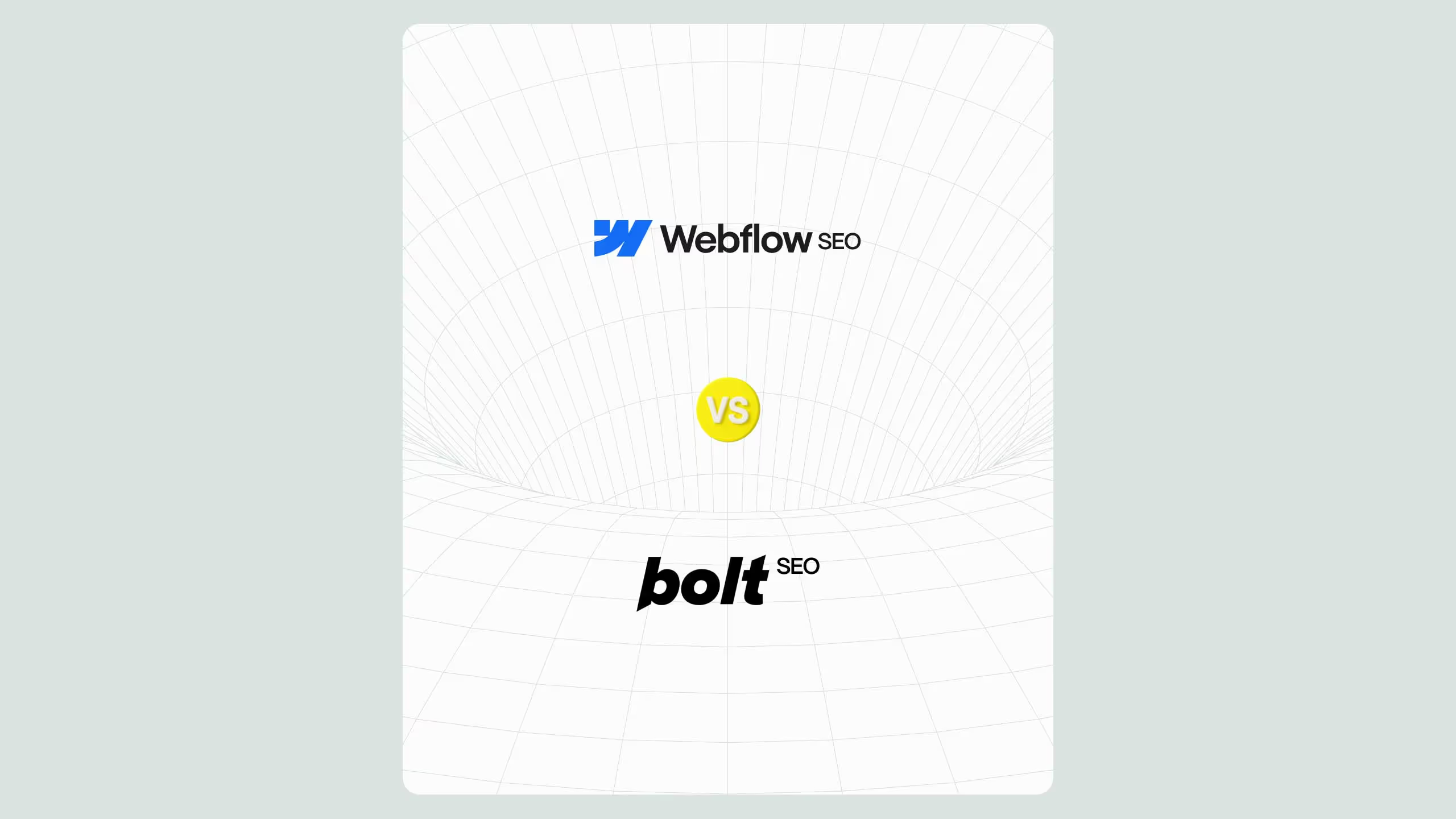From Prototype to Launch: Shorten Time-to-Market Using Webflow

For startups, speed-to-market determines survival. Webflow lets founders go from **prototype to live launch in weeks, not months, **by removing development bottlenecks common in WordPress and custom stacks. With its visual design system, CMS, and enterprise-grade hosting, Webflow enables faster prototyping, rapid iteration, and scalable performance without relying on heavy plugins or developer handoffs. Broworks helps startups cut launch cycles by up to 60%, improve SEO performance, and build investor-ready MVPs through strategic Webflow migration and setup, so founders can focus on traction, not tech debt.
From prototype to launch: How startups can shortens time-to-market using Webflow
For founders, speed is everything. The faster you go from prototype to launch: how startups can shortens time-to-market using Webflow, the quicker you validate ideas, attract investors, and capture market share. Startups that delay launching often get caught in endless redesigns, bloated development cycles, or clunky WordPress setups. Webflow changes this dynamic by making it possible to go from design to live product in weeks, not months.
In this guide, we’ll explore exactly how startups can leverage Webflow to reduce time-to-market, why migrating from WordPress to Webflow makes sense, and the systems that help you scale without sacrificing quality.
Why speed matters in startup product launches
A 2025 McKinsey study found that companies that cut their time-to-market by 20% increase profitability by 30% compared to slower peers. For startups, those numbers can mean the difference between securing Series A funding or shutting down.
Key takeaways:
- First mover advantage: Capturing market before competitors sets momentum.
- Investor confidence: Faster launches demonstrate operational excellence.
- Revenue acceleration: Every month saved on development means earlier cash flow.
This is where Webflow gives startups a competitive edge.
How startups shorten time-to-market using Webflow
Webflow eliminates many of the bottlenecks startups face with traditional platforms like WordPress. With its visual-first design system, built-in CMS, and no reliance on heavy plugins, teams can focus on brand storytelling and conversion funnels instead of backend headaches.
Startups benefit in three main ways:
- Prototype faster: Turn Figma files or whiteboard sketches into interactive sites without custom code.
- Iterate quickly: Update design and content in real time, no dev backlog needed.
- Launch with confidence: Webflow hosting ensures fast load times, security, and compliance from day one.
Already using WordPress? Consider our WordPress to Webflow migration services to avoid costly rebuilds later.
Webflow vs WordPress: Speed-to-market comparison
To make this actionable, let’s compare how WordPress vs Webflow affects the timeline from idea to launch.
This table highlights why so many startups are switching from WordPress to Webflow: less friction, fewer dependencies, and faster execution.
How Webflow fits Into the startup lifecycle
- Idea validation with interactive prototypes
Instead of static mockups, you can create live landing pages in Webflow to test messaging, pricing, and user flows. According to CB Insights, 42% of startups fail because of lack of market need. Testing early avoids this pitfall.
- Investor-ready MVPs
Pitch decks are powerful, but nothing beats showing investors a polished, functioning site. Webflow allows founders to go beyond the slide deck and demonstrate traction with real leads captured through integrated forms.
- Launch and iteration
Because non-technical team members can update content directly in Webflow’s Editor, iteration happens weekly, not quarterly. This reduces reliance on developers, which is crucial for lean teams.
- Scaling without replatforming
Unlike WordPress, where scaling often means rebuilding, Webflow grows with you. Its CMS handles thousands of dynamic items, while integrations with HubSpot and Zapier automate workflows.
Case example: Startup reducing launch time by 60%
One fintech startup we worked with migrated from WordPress to Webflow to speed up fundraising campaigns. Their old WordPress site required developers to update landing pages, slowing down A/B testing. After migrating, they cut launch cycles from 10 weeks to 4 weeks and saw a 32% increase in investor lead capture.
From prototype to launch: How startups can shortens time-to-market using Webflow migration
Many startups start on WordPress because it’s cheap and familiar. But what they save upfront, they lose in flexibility and speed later. Migrating from WordPress to Webflow early reduces these risks.
Benefits of migrating early:
- Avoid plugin lock-in and costly rebuilds.
- Improve Core Web Vitals for better SEO and conversions.
- Empower marketers and founders to make updates without developers.
- Ensure scalability without worrying about security patches.
Explore our Webflow services for startups looking to scale smarter.
SEO and performance advantages for startups
Speed is not just about development time. Google’s Core Web Vitals updates show that faster websites rank higher and convert better.
- Load Times: Webflow sites average 1.5–2.9 seconds, vs WordPress at 3.2–6.1 seconds.
- Pass Rate: Webflow achieves 90–95% Core Web Vitals compliance, while WordPress averages 55–65%.
- Conversion Uplift: Deloitte research shows a 0.1s improvement in site speed can increase conversions by 8%.
Final thoughts
The startup world rewards speed, iteration, and adaptability. Choosing the right platform early makes all the difference. By leveraging Webflow, startups go from prototype to launch: how startups can shortens time-to-market using Webflow with fewer dependencies, less technical debt, and more room to grow.
For founders debating whether to migrate from WordPress, the answer is clear: save months of time, validate ideas faster, and scale without limits.
Ready to shorten your time-to-market? Contact us today to start your Webflow migration journey.

.svg)
.svg)


.svg)




